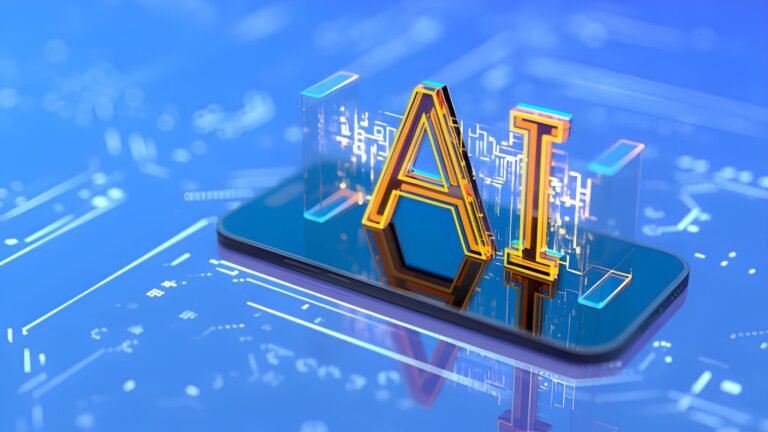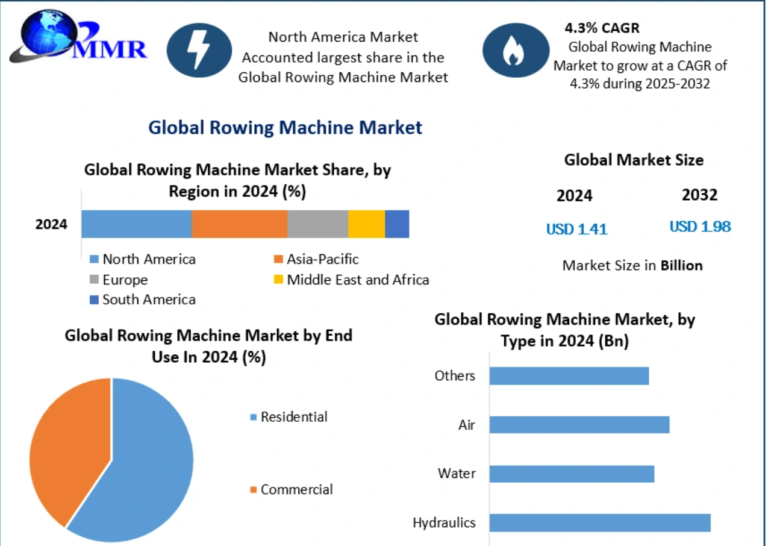Generative AI is a subset of traditional AI, but it’s a game-changer because it creates new, original content rather than just analyzing and classifying existing data. Think of traditional AI as a highly skilled analyst, and generative AI as a creative artist. Both are intelligent, but they operate on fundamentally different principles and have distinct applications.
What is Traditional AI?
Traditional AI, often referred to as “narrow AI” or “predictive AI,” is designed to perform specific, well-defined tasks. It operates on predefined rules and algorithms, excelling at pattern recognition, classification, and prediction. Traditional AI models are typically trained on labeled, structured datasets, where the inputs and desired outputs are clearly defined.
Key Characteristics of Traditional AI:
-
Rule-Based and Predictive: Traditional AI follows a strict set of instructions and is primarily used to make predictions or classify data. For example, it can predict a customer’s likelihood to churn based on historical data or classify an email as spam.
-
Structured Data: These models thrive on structured data, such as spreadsheets, databases, and other forms of organized information. They struggle with unstructured data like open-ended text or images without clear labels.
-
Limited Learning: Traditional AI doesn’t autonomously evolve. If you want it to perform a new task or adapt to a new data pattern, a human developer has to intervene and reprogram the algorithm.
-
Use Cases: Common applications include spam filters, recommendation engines (like those on Netflix or Amazon), fraud detection, and medical diagnosis.
What is Generative AI?
Generative AI is a more advanced and versatile form of artificial intelligence that can create new, original content. This includes text, images, video, audio, and even code. Unlike traditional AI, which is an efficient problem-solver, generative AI is a creative assistant. It learns the underlying patterns and structures of its training data and then generates new outputs that are similar to, but not a direct copy of, the data it was trained on.
Key Characteristics of Generative AI:
-
Creative and Unstructured: Generative AI’s superpower is its ability to create. It doesn’t just analyze; it invents. It can work with unstructured data, and its primary mode of interaction is often through natural language prompts.
-
Deep Learning Models: Generative AI uses sophisticated deep learning architectures like Generative Adversarial Networks (GANs) and Transformers. These models are capable of learning complex, hidden correlations in massive datasets.
-
Autonomous Evolution: These models have an element of self-improvement. Through processes like self-supervised learning, they can continuously refine their outputs based on new data and user interactions.
-
Use Cases: This is where things get exciting. Generative AI is being used for everything from writing marketing copy and composing music to designing new products and creating realistic deepfake videos. It’s revolutionizing industries like entertainment, marketing, and software development.
Generative AI vs. Traditional AI: A Head-to-Head Comparison
| Feature | Traditional AI | Generative AI |
| Core Function | Analysis, classification, and prediction | Creation of new content |
| Output | Deterministic (e.g., a “yes” or “no” answer, a numerical prediction) | Unique and creative |
| Data Type | Prefers structured, labeled data | Excels with unstructured data (text, images, audio) |
| Learning Process | Supervised/unsupervised learning | Self-supervised learning (often with transformers, GANs) |
| Interaction | Structured interfaces, dashboards | Conversational, natural language prompts |
| Ethical Concerns | Bias in training data, fairness | Misinformation, deepfakes, copyright infringement |
The Rise of the Creative Machine: Why Generative AI is a Game-Changer
While traditional AI has been instrumental in automating tasks and making data-driven decisions for decades, generative AI has opened up entirely new possibilities. Its ability to create rather than just classify is what sets it apart. This shift from prediction to creation is driving a wave of innovation across nearly every sector.
For businesses, this means moving beyond simple automation. A company can now use AI to draft personalized marketing campaigns, design a new product line, or even generate a virtual world for training simulations. This is where a specialized generative ai development company becomes crucial. These companies have the expertise in building and fine-tuning the complex models required to deliver custom generative ai development solutions tailored to a business’s specific needs.
These generative ai development services include everything from custom model training and prompt engineering to integrating AI into existing workflows and providing ongoing support. The demand for these services is skyrocketing as businesses recognize the potential to not just improve efficiency, but to also unlock new creative and strategic advantages.
The Future: A Symbiotic Relationship
The debate isn’t about which is “better.” The future of AI is a combination of both. Traditional AI will continue to be the backbone for tasks requiring high accuracy, predictability, and structured analysis. It will still be the go-to for tasks like fraud detection, supply chain optimization, and predictive maintenance.
However, generative AI will act as the creative and strategic layer, working in tandem with traditional systems. For instance, a traditional AI model might analyze customer data to identify a specific market segment. A generative AI model could then use that insight to create personalized marketing content, like ad copy or email campaigns, tailored to that exact segment. This powerful synergy allows businesses to leverage the best of both worlds: the efficiency and reliability of traditional AI with the creativity and innovation of generative AI.
As a generative ai development company, the goal is to not just build a new tool, but to architect a complete ecosystem where these different forms of AI can work together seamlessly, driving unprecedented levels of productivity and creativity. The evolution from predictive to creative AI marks a monumental leap in the capabilities of technology, promising a future where our tools are not just smart, but truly inventive.





